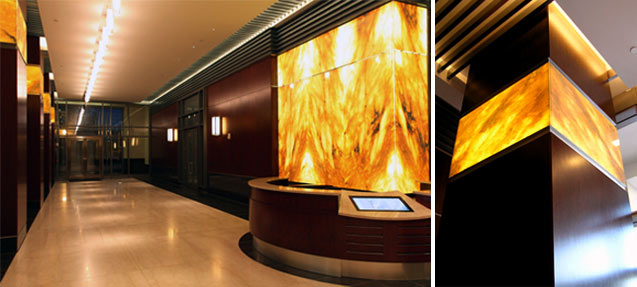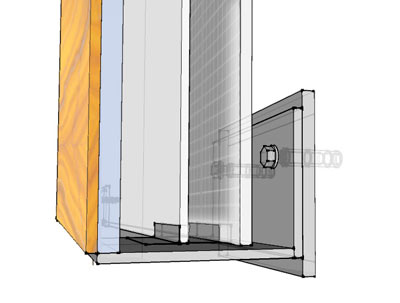Detailing Backlit Onyx Panels: Why There Isn’t a “Typical”
In studying our website metrics that indicate which keywords our visitors are searching for, it’s mind-boggling how many designers are searching for answers to detailing backlit panels. And while we love to stock our website full of useful information that makes it easy for busy designers to quickly understand and specify our backlit onyx systems, typical details can sometimes actually hurt the process.

When backlighting architectural panels, there are many considerations that affect the arrival at a detail. It’s a process that we forge through per job. As an architect or designer, can you imagine if your potential clients (developers or building owners) called you up and asked to see a typical floor plan from your firm? Sure, there is a general aesthetic and personality to your design process, but each solution is generated by working through several design phases/iterations, and that’s what makes the finished project unique. A single floor plan doesn’t fully do justice to all of the variables that affected that final solution. That’s how much attention and iteration goes into one of our details; they’re like our blueprints.
Here is a wall section detail we generated for a specific project that incorporated backlit onyx panels. The variables:
- Surface type and translucency levels
- Surface thickness
- Light source (method, panel sizes, color temperature, brightness)
- Necessary diffusers
- Structure and fastening method
- Ideal spacing between elements (this can only be derived from physical testing)
- Future maintenance access
- Installation methods
As you can see,we develop our details based on the above considerations, and they must be considered holistically to achieve high-quality finished works.
The honest truth? For backlighting architectural panels, you don’t need typicals. Rely on a company’s portfolio and expertise to trust that they will arrive at an equally thoughtful solution for your backlighting project.
